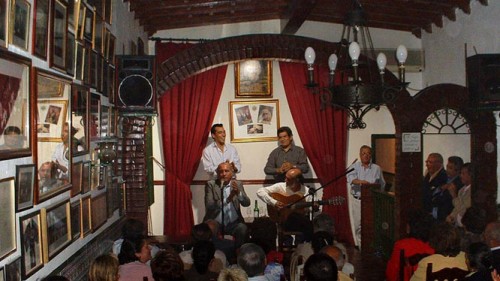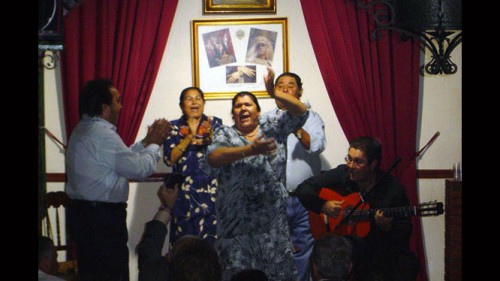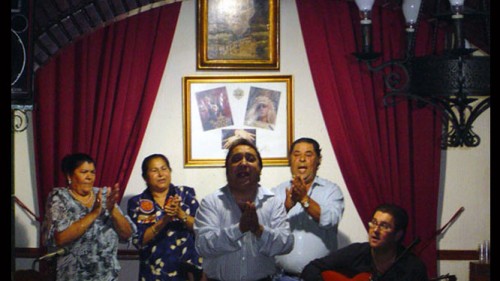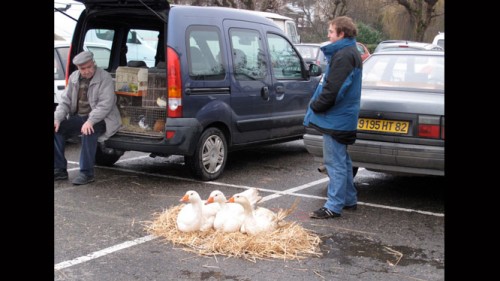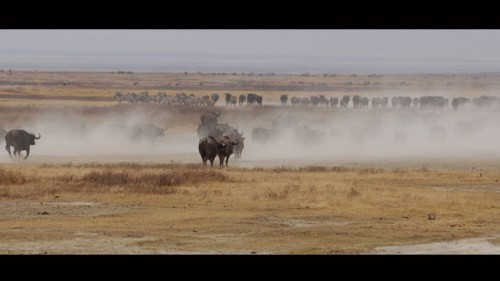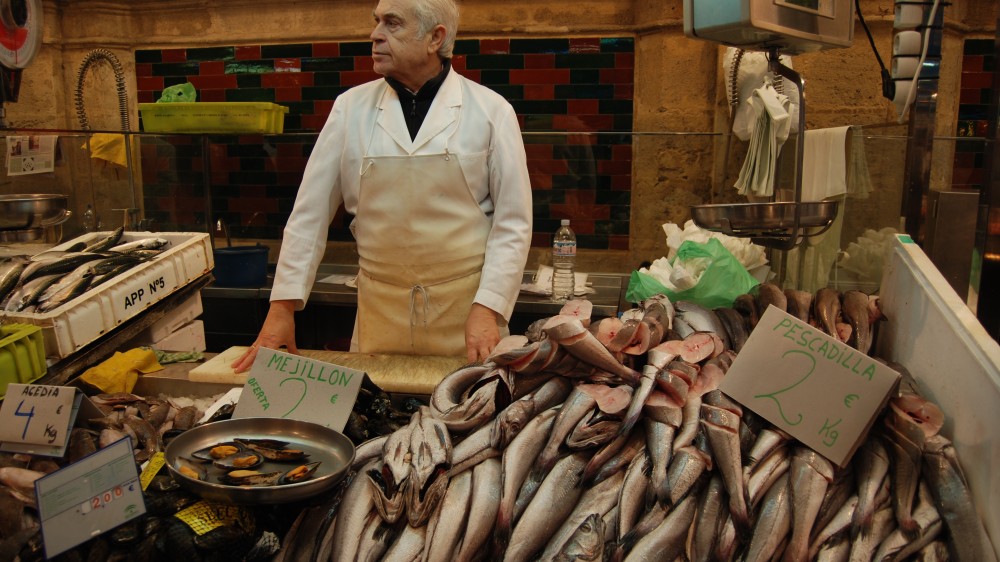Pit-Bulerias
You’d never know it with a casual stroll through its charming streets, but Jerez de la Frontera, in Cadiz province, is home to perhaps the best flamenco scene in all of Spain, if not the world.
If you are unfamiliar with this art form (i.e. if you think the Gypsy Kings or Ottmar Leibert are “real flamenco”) then I’ll forgive you, but you need to visit to see what I’m talking about. With just a few bar hops and peña visits (the peña is the club where flamenco activities take place, more on that in a minute) you’ll soon know your tango from your fandango.
The origins of flamenco are obscure, but just about everyone can agree that the essence of flamenco art is the cante hondo, or deep song of the Andalusian countryside, the ancient folk tradition of the area. Close your eyes during the singer’s impassioned wail of lament and you’ll feel as if transported to a much further off land, recalling the time when the Moors dominated Spain and muezzins called to prayer. Flamenco further developed in the 19th century with the introduction of the six string guitar. The dance is most likely the result of the confluence of cultures in Andalusia, from Phoenician, Greek, Jewish, Muslim, and last but certainly not least, Gypsy.
And here is where Jerez’s contribution to flamenco is most evident, in its two gypsy neighborhoods, Santiago and San Miguel. Settled by two distinct gypsy tribes of varying origin in the 16th or 17th century, today these neighborhoods pulsate with flamenco energy, nurtured by several key gypsy families spanning several generations. The peña is the best place to go and hear authentic flamenco in a more natural setting than a touristy tablao. Best of all, there is no admission charge, and no tour buses outside. Drinking at the bar, however, is encouraged. An amazing experience is almost always assured with passionate singing, dancing and guitar playing, in a refreshingly local atmosphere and with artists who are themselves the continuation of the legacy of their ancestors. Be aware, however, and refrain from joining in the clapping unless you really know what you are doing, this percussive element requires lots of practice and clapping out of rhythm in Jerez is one of the few social faux pas.
Much has been written about what Flamenco is, but the best explanation is that a truly excellent flamenco performance is a cathartic experience, where the performers summon up duende, which can be roughly equated to the same feeling of soul attributed to a master jazz musician. James Michener summed it up best when he described duende as “that which everyone in the room can feel but no one can describe”.
“To be Flamenco is to have another skin, other passions, other desires. It is a different way of seeing the world, with music in one’s nerves, a fierce pride, happiness mingled with tears; it is a loathing of routine and sameness; it is to be intoxicated in song, wine and kisses; it is the translation of life into an art of caprices and of freedom.” -Tomas Borras
Sebastian Lapostol is a jack-of-all-trades, and master of quite a few as well. Owner of the Dar Roumana hotel in Fez, he has a long-standing love affair with Andalucia’s Jerez de la Frontera, where he has studied flamenco guitar (and when not to clap out of time) for 15 years. We’d call him our Andalucia pig but that might end up getting him killed, salted and cured.
